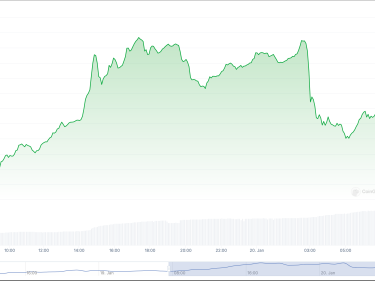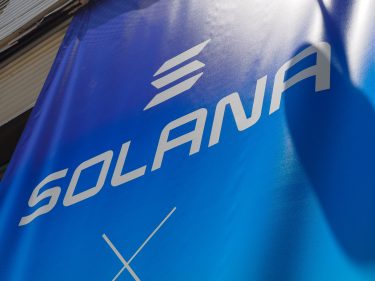Memecoins have always been a feature of crypto, but only recently has the sector grown to become a dominant theme in the ecosystem. Memecoin launchpad “Pump.fun” reached over $100 million in revenue after just 217 days of going live, a record for the crypto industry. Since Pump.fun hit that milestone, the sector has cooled off. As the dust settles, lively debate has broken out as crypto natives lament what memecoins do to the industry’s image.
University College Dublin lecturer Paul Dylan-Ennis told The Block: “It’s all the worst elements of our industry condensed into one epilepsy-inducing website.”
More than 99% of the memecoins launched on Pump.fun are dead within the first week. Nonetheless, users have launched around 2 million coins. Memecoins listed on CoinGecko boast a collective market cap of $40 billion. This is six times larger than tokens (not tokenized assets) categorized in the Real World Asset (RWA) sector at $6.6 billion, which involves the tokenization of everything from U.S. Treasuries to insurance.
Many crypto natives find these figures disheartening, leading to a palpable growth in the cohort of so-called “crypto nihilists” within the industry – people who think we are doing nothing here but slinging memes. However, while the crazy corners of crypto rage on, the serious part of the industry makes great strides.
Stablecoin market cap recently hit $175 billion, as demand for crypto’s greatest product grows. The utility and significance of USD-pegged stablecoins is often lost on crypto natives in Western countries. However, stablecoins have proven to be crucial products for people in emerging markets, whether they are avoiding hyperinflation of their native currency, or avoiding predatory remittance fees.
Meanwhile, infrastructure for crypto payments continues to develop. Mastercard recently partnered with Mercuryo, enabling users to spend their self-custodied crypto at more than 100 million merchants. PayPal and Venmo just integrated Ethereum Naming Service, enabling their users to transfer crypto by using readable names instead of traditional wallet addresses.
The Helium Network, a decentralized physical infrastructure (DePIN) project going after big telcos, has seen 113,000 people sign up to its mobile service. That is 113,000 people who have ditched the likes of Verizon for a crypto alternative.
Crypto is also integrating itself into our lives through messaging apps. Telegram, with nearly 1 billion monthly active users, integrated The Open Network (TON), allowing users to transfer crypto as easily as sending a text. LINE, an Asian messaging app with over 230 million monthly active users, is following a similar plan with Kaia.
Both TON and Kaia are focused on building out mini apps that will enable crypto usage within Telegram and LINE. TADA, a major ride-hailing app in Southeast-Asian, just launched “TADA Mini” which enables users to book rides through Telegram and pay using TON or USDT. Kaia Wave, an incentive program starting in Q4, is offering up to $1.2 million in support for developers building out mini apps on LINE.
If that were not enough, there is every indication that the $12 billion in tokenized assets on-chain is only the beginning for the RWA sector. BlackRock’s BUIDL fund, a tokenized investment fund focused on U.S. Treasuries and repo agreements, reached over $500 million in capital deployed this summer. BlackRock CEO Larry Fink frequently reiterates the vision to “tokenize all assets”, with BUIDL’s launch in March being just the start.
Memecoins have stirred a lively debate within crypto circles, but “Dogwifhat” does not capture wider attention and make crypto look bad to outsiders. FTX defrauding customers and collapsing makes crypto look bad. $6 billion in DeFi exploits and hacks makes crypto look bad. VC-backed projects extracting millions and then exiting makes crypto look bad. Memecoins can make crypto look silly, but there are greater issues that damage the crypto’s image.
Fortunately, such issues are balanced out by positive fundamental developments in the space. It is easy to fall into the trap of crypto nihilism, particularly when the silliest sectors of the industry steal our attention away from real progress. Memecoin madness likely continues to be a feature of crypto, but it will be drowned as the industry ushers in a new era of real world crypto utility.
Note: The views expressed in this column are those of the author and do not necessarily reflect those of CoinDesk, Inc. or its owners and affiliates.




